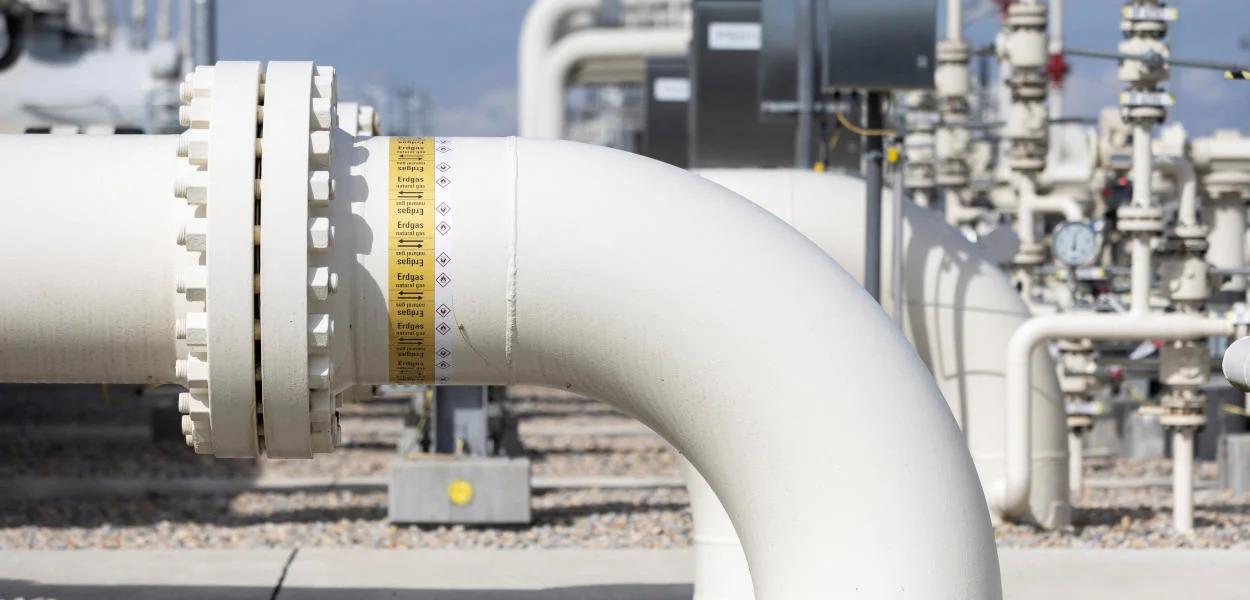
The deadline for nations to reach an agreement to regulate the practice expires this Sunday. (Photo: reproduction)
There is a fascination with the little that is known about deep waters and the ecosystems that have developed there despite the extreme conditions. Soon, however, they may have a new venture: companies looking to commercially exploit seabed mineral reserves and sell themselves as part of the solution for the planet’s green transition. But the environmental consequences could be catastrophic.
From this Sunday (9), the International Seabed Authority (ISA), a branch of the United Nations (UN) headquartered in Jamaica, will be able to begin receiving the first proposals for commercial mining projects in international deep offshore waters. . Something so far denied by international convention and whose environmental impacts are not fully known.
The next steps are generating discord among the 167 member countries and, in particular, among the 36 members (including Brazil) of the rotating council that actually makes the decisions. Nearly 20 countries in the core group argue that commercial exploitation should not take place unless there is greater clarification of its risks, but procedural rules can be an obstacle.
The countdown to Sunday was activated two years ago by Nauru, the third smallest state on the planet – at 21 km², it is just behind the Vatican and Monaco. The small Pacific island resorted to a controversial clause in the United Nations Convention on the Law of the Sea that gave the ISA board 24 months to finalize commercial mining regulations.
It is up to the arm of the UN to ensure that the ocean floor is used “for the exclusive use of humanity as a whole”, ensuring that poor nations are given “preferential consideration in the event of ‘financial benefits’. It is also responsible for ensuring that mining does not cause “serious damage to the marine environment”, but consensus on how to regulate the activity is far from achieved.
Guidelines or no guidelines, however, the end of the two years means the ISA will be forced to accept proposals for commercial exploitation of the reserves. One of the key topics of the organization’s meeting from Monday will be how to deal with potential claims, and Nauru has already indicated it intends to present a plan later this year.
In the interest of economic benefits, the island country of 11,000 people sponsors the Canadian company The Metals Company (TMC), to which it offers tax benefits. The company, in turn, appealed to a developing nation more easily drawn to economic promises than the US state.
Overall, deepwater reserves have an estimated value ranging from US$8 trillion to US$16 trillion. And the substances of the new Eldorado are found in three different forms: in polymetallic nodules, polymetallic sulphides and cobalt crusts.
— Polymetallic nodules: in the abyssal plains, at approximate depths of 3,000 to 6,500 meters, these are the most common deposits, mainly gathering substances such as manganese, cobalt, copper and nickel in nodules of potato pruning, in addition to traces of rare earth elements;
— Polymetallic sulphides: from 1,000 to 4,000 meters deep, they form near the limits of tectonic plates, and their deposits mainly contain copper, lead, zinc, silver and gold;
— Cobaltiferous crusts: they are found at a depth of 1,000 to 2,500 meters, on average, in underwater mountain ranges, forming over millions of years. Among the main substances are cobalt, nickel, manganese and rare earths.
The reserves are concentrated in a region of the Pacific known as the Clarion-Clipperton zone, an area of 4.5 million km² — if it were a country, it would be the seventh largest in the world, ahead of India — between Hawaii and Mexico. . Conservative calculations estimate that there are approximately 21.2 billion tons of polymetallic nodules there. In a test last year alone, TMC extracted 4,500 tons of these compounds.
It is believed that in the region there are 6 billion tons of manganese, 226 million tons of copper, 94,000 tons of cobalt and 270 million tons of nickel. The demand for these substances has increased as the world shifts from traditional vehicles to electric vehicles.

“Prone to fits of apathy. Beer evangelist. Incurable coffeeaholic. Internet expert.”







